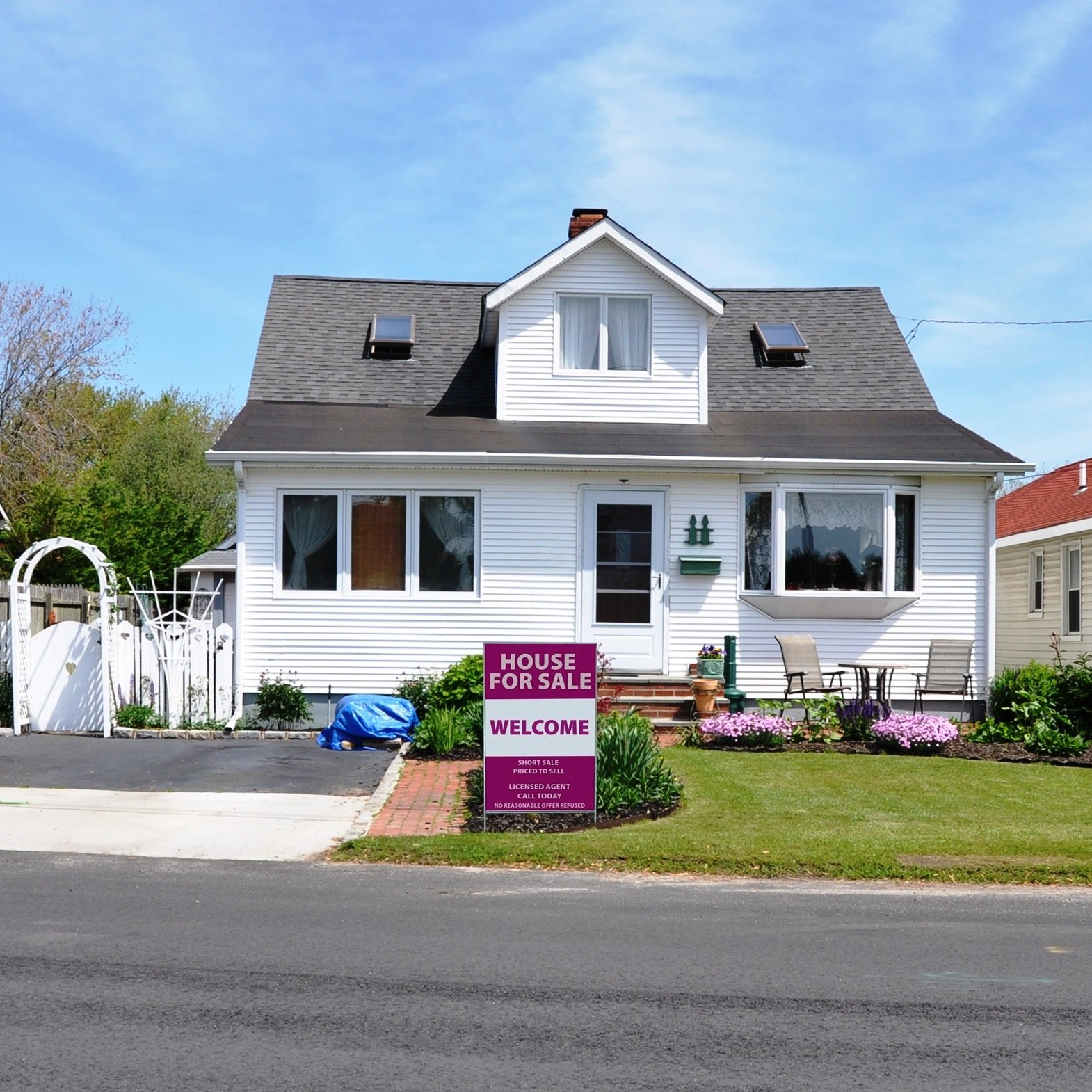Housing
December Existing Home Sales Tumble, 2017 Up 1% Year Over Year

Published:
Last Updated:

The National Association of Realtors (NAR) reports that the seasonally adjusted annual rate of existing home sales in December declined by 3.6% to a seasonally adjusted annual rate of 5.57 million from a downwardly revised total of 5.78 million in November.
For the full year, existing home sales rose 1.1% year over year, the best level in 11 years. The seasonally adjusted annual rate came in at 5.51 million, the highest since posting 6.48 million in 2006.
The consensus estimate called for sales to reach 5.75 million, according to a survey of economists polled by Bloomberg. Total sales in 2016 came in at 5.45 million to surpass 2015’s total of 5.25 million as the most sales since 2006 when 6.48 million homes were sold.
The NAR’s chief economist, Lawrence Yun, said:
Existing sales concluded the year on a softer note, but they were guided higher these last 12 months by a multi-year streak of exceptional job growth, which ignited buyer demand. At the same time, market conditions were far from perfect. New listings struggled to keep up with what was sold very quickly, and buying became less affordable in a large swath of the country. These two factors ultimately muted what should have been a stronger sales pace.
Closings scaled back in most areas last month for this same reason. Affordability pressures persisted, and the pool of interested buyers at the end of the year significantly outweighed what was available for sale.
Housing inventory decreased by 11.4% in December to 1.48 million homes, equal to a supply of 3.2 months, down from 3.6 months in December 2016, and has fallen year over year for 31 consecutive months. Inventory is down 10.3% year over year from 1.65 million in December 2016.
According to the NAR, the national median existing-home price for all housing types in November was $246,800, up 5.8% compared with December 2016, the 70th consecutive month of rising home prices. In November, the national median price was $246,800.
The percentage of first-time buyers was unchanged year over year in December at 32%. For all of 2017, first-time buyers accounted for 34% of sales, down one percentage point compared with 2016.
Sales of single-family homes fell 2.6% from the November total of 5.09 million to a seasonally adjusted annual rate of 4.96 million, and it was up 1% compared with December 2016. Sales of multifamily homes decreased by 11.6% in December to a seasonally adjusted annual rate of 610,000 units.
All homes were on the market for an average of 40 days in December, flat month over month and down from 52 days in December 2016. Foreclosure (4%) and short (1%) sales accounted for 5% of all November sales, up one percentage point compared with the prior month and down 7% compared with December 2016.
The NAR also reported the following regional data.
December existing-home sales in the Northeast tumbled 7.5% to an annual rate of 740,000 compared with November and are down 2.6% compared with December 2016 sales. The median price in the Northeast was $261,400, up 3% compared with November of last year.
In the Midwest, existing-home sales fell 6.3% to an annual rate of 1.33 million in December and were 1.5% above the December 2016 rate. The median price in the Midwest was $191,400, up 7.8% from a year ago.
Existing-home sales in the South dropped 1.7% in December to an annual rate of 2.3 million and are now 3% above December 2016 sales. The median price in the South was $221,200, up 5.8% from a year ago.
Existing-home sales in the West slipped 1.6% to an annual rate of 1.2 million in December, up 0.8% compared with December 2016 totals. The median price in the West was $367,400, up 7.3% compared with the December 2016 median.
A financial advisor can help you understand the advantages and disadvantages of investment properties. Finding a qualified financial advisor doesn’t have to be hard. SmartAsset’s free tool matches you with up to three financial advisors who serve your area, and you can interview your advisor matches at no cost to decide which one is right for you. If you’re ready to find an advisor who can help you achieve your financial goals, get started now.
Investing in real estate can diversify your portfolio. But expanding your horizons may add additional costs. If you’re an investor looking to minimize expenses, consider checking out online brokerages. They often offer low investment fees, helping you maximize your profit.
Thank you for reading! Have some feedback for us?
Contact the 24/7 Wall St. editorial team.